Search Results for Tag: climate change
We want you, Champ!
Do you feel responsible for our future? Are you tired of waiting for a breakthrough at climate conferences? If you are already taking action yourself, you are our ClimateChamp and we want to get to know you!
 Global Ideas is one of the world’s most comprehensive TV & multimedia projects on climate protection. We want to find people, who are not prepared to accept climate change, but take action against it!
Global Ideas is one of the world’s most comprehensive TV & multimedia projects on climate protection. We want to find people, who are not prepared to accept climate change, but take action against it!
We need you imaginative people with clever projects who are ready for duty to combat climate change all around the world. We may cover the consequences of climate change but our clear focus is on potential solutions. To date we have produced more than 1000 video documentaries, features, reports, analysis and web specials in 5 languages. We have a steadily growing online and social media audience, including almost 60,000 facebook fans and more then 1000 twitter followers.
So answer our questionnaire below and send it to us. Some pictures of yourself and your project – perhaps even a movie clip – would be great too. Please send them to coolerworld@dw.de and we give you the platform to show to the world that you are a real ClimateChamp!
Is the ocean to quit it’s job?
Silently and mostly unrecognized, ocean is doing a yet quiet good job for the climate: it absorbs CO2 from the atmosphere and dumps it into the deep. That is one of the reasons, why climate did not further heat up within the last decade – although world keeps emitting lots of CO2.
But now researchers found that the Atlantic ocean absorbs less CO2 than usually – and also figured out the reason for this. It’s because the so called “meridional overturning circulation” slows down. Before you now think “I’ll never get this” – hang on. Sounds more complicated than it actually is.
The overturning circulation works like this: In the Atlantic ocean, water flows northwards – from the warmer Southern part into the colder Northern part. There, the water cools down, becomes saltier and sinks into the deep. There this so called deepwater flows back towards the South, warms up there and is welling up in consequence. Back at the surface in the Southern hemisphere it is, where ocean water takes up the antropogenic CO2.
Now, due to global warming, also ocean surface water – even in the Northern usually colder part of the Atlantic – warms up – and does not sink to the deep. This in turn slows down the overturning circulation. In consequence of this slowing, CO2-saturated water is not dumped into the deep as usual, but stays rather close to the surface. In consequence, less CO2 can be taken up from the atmosphere.
So the research team scientifically proved that we actually are destroying those natural systems that normally help keeping CO2 levels low – by emitting more and more CO2 and warming up the planet with its ocean.
Keep to +2 degrees might not prevent permafrost from melting
- Large Ice Hall in Ledyanaya Lenskaya Cave located inside continuous permafrost (Photo: (C): Sebastian FM Breitenbach)
- Frost crystals at the entrance of Ledyanaya Lenskaya Cave (Photo (C): Vladimir V Alexioglo)
- Close up of frost crystals (Photo (C): Vladimir V Alexioglo)
Large parts of the Northern hemisphere from Alaska to China hold a dangerous treasure. 24 percent of this land’s ground is frozen throughout the year – so called permafrost. It holds more than 1,000 gigatons of the most dangerous greenhouse gases: carbon dioxide and methane. Release of those would accelerate climate change to great extend.
Now, researchers found evidence that permafrost could start melting already at a 1.5 degrees Celsius rise in temperature. Also, the world already warmed up by 0.6 to 0.7 degree Celsius compared to the preindustrial level. So adding another 0.8 could already let permafrost melt.
That’s at least what happened in former times, as the scientists from Britain, Russia, Mongolia and Switzerland found out. They went into Siberian caves located along the ‘permafrost frontier’ studying stalactites and stalagmites as they function as a kind of climate archive – they only grow when liquid rainwater and snow melt drips from the surface into the caves.
“The stalactites and stalagmites from these caves are a way of looking back in time to see how warm periods similar to our modern climate affect how far permafrost extends across Siberia”, said Dr Anton Vaks of Oxford University’s Department of Earth Sciences, who led the work.
The amplifying effect on global warming the release of greenhouse gases held in the permafrost would have, exceeds everything climate models yet suggest. So, though almost 200 nations agreed in 2009 to the 2 degree target for global warming, this may not be enough to keep permafrost from melting and thus to mitigate climate change.
When climate pays for financial crisis
Once upon a time, politicians had a good idea for how to create incentives that make companies want to become greener. Companies were to buy certificates for the amount of carbondioxide they emitted – one certificate for every ton. The more carbon – the more certificates they had to buy. The less CO2, the less certificates. So far, so good.
Initially sold for 20 Euros a piece, the price of certificates rose to a record 32 Euros before embarking on a steady decline: At the end of January it dropped to an all-time low of 2,81 Euro. We were wondering what the reasons for and the consequences of this low price might be, so we’ve asked Christian Linden from the German Emissions Trading Authority to give us some input for our FAQ.
How come the price for emissions certificates is nose-diving so badly at the moment?
At present supply outweighs demand. That’s for a number of reasons: companies were allocated certificates too generously at the start of both, the initial and subsequent trading periods. Plus, the economic and financial crisis has led to a decline in industrial production, which in turn brought about a decline in CO2 emissions. As a consequence companies have accumulated a surplus in certificates, which is now flooding the market, bringing down the price.
Another argument could be that some companies have already became greener, which means they need fewer certificates (German source).
What happens if the price stays that low?
There is little incentive to invest in climate friendly technology, if it’s too cheap to carry on producing goods in a way that harms our climate.
What can be done to get the certificate prices to rise again?
In the short term, a good idea is what the EU commission has suggested: to temporarily keep a certain number of certificates – they are talking about 900 million – out of the market. In the longer run it’s important that on a political level an ambitious climate goal is agreed to reduce carbon emissions in the EU by 30 percent until 2020. This would raise the pressure on companies to reduce their emissions.
What’s the “right” price for a certificate?
It’d be a price that motivates businesses to reduce emissions and/or invest in climate friendly technology. For some companies this might start at 15 Euros a ton, fro others it may be closer to 25 Euros. So, here is no single “right” price.
Earthworms share blame for global warming
It seems we have to dig a little deeper to find the real causes for global warming. It turns out it’s not just industrial production practices, cooling of homes and driving cars that’s fueling climate change – researchers now reveal that another species are equally to blame.
Long believed to be industrious helpers in the garden, earthworms by their mere existance in soils increase carbon dioxide emissions by 33 per cent and nitrous oxide emissions by 42 per cent. But the worms don’t just release greenhouse gases from soil – they also help offset some other greenhouse gases. So what is actually relevant is the net effect.
In fact, by digging up the world’s soils those slick earthworms “increase net soil greenhouse-gas emissions,” researchers say. That is why “global warming” has already been dubbed “global worming” in the media, implying that the worms not only contribute but rather “accelerate” climate change.
But if you now feel tempted to take a deep breath of relief and happily pursue all your climate-damaging activities (such as eating tons of meat, using an extra dose of hairspray, switching air conditioning though it’s cool enough, taking the car to go to the supermarket round the corner, use as much plastic bags as possible…) – hang on!
Compared to the 60 percent of global warming that humans account for by emitting greenhouse gases – the 16 percent increase in soil global warming caused by earthworms seems almost like nothing.




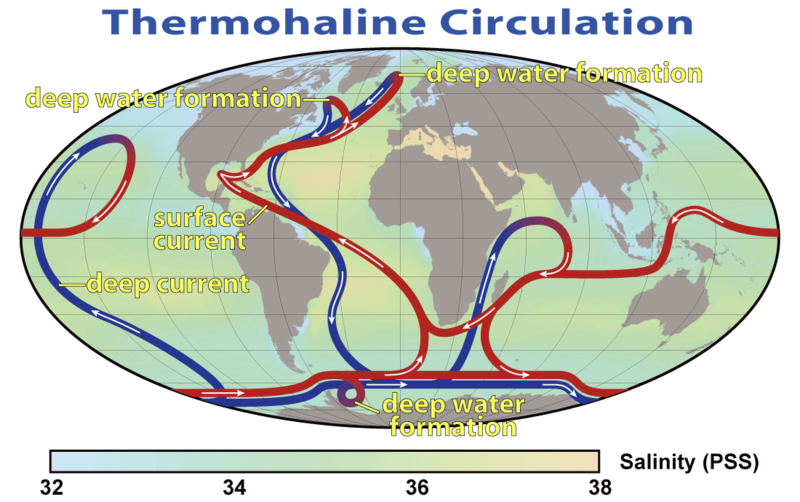
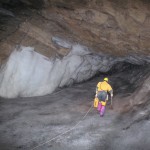
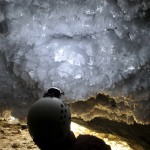
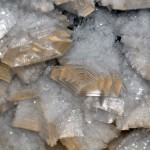
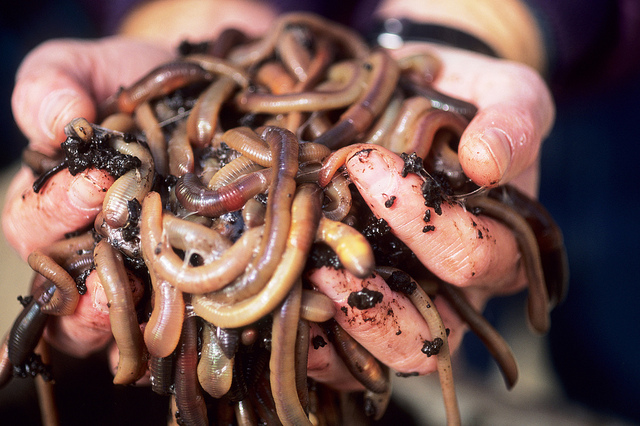




Feedback